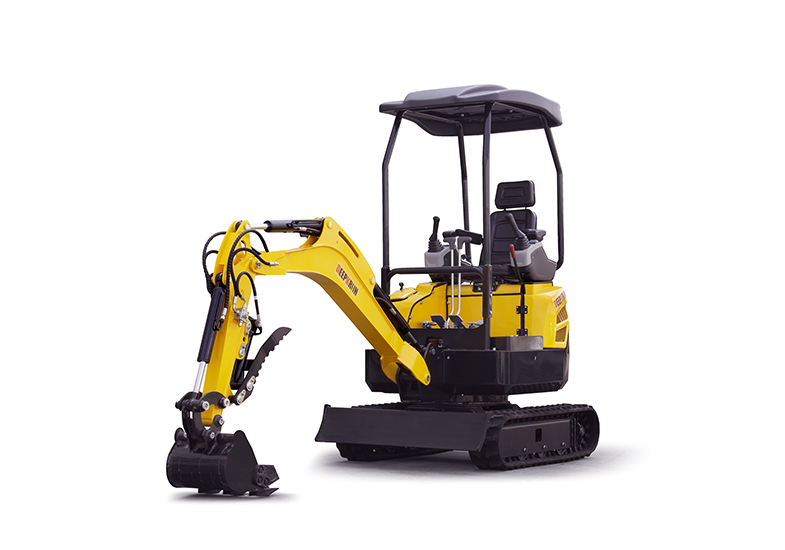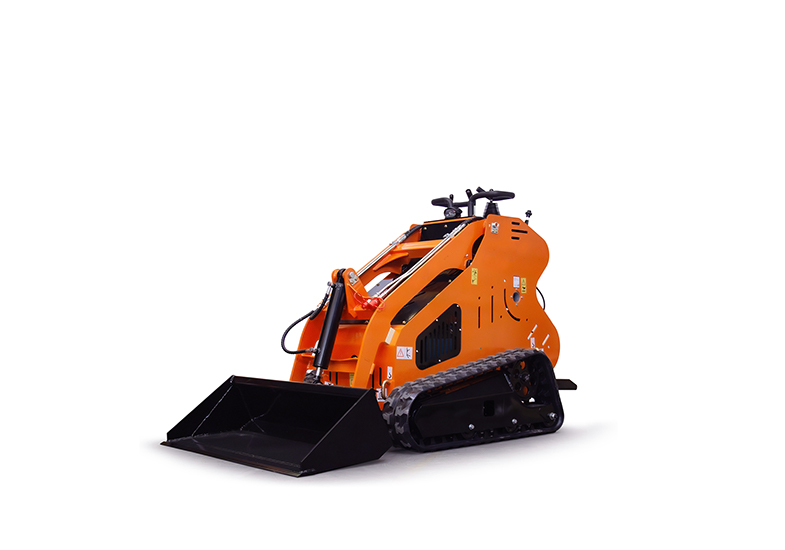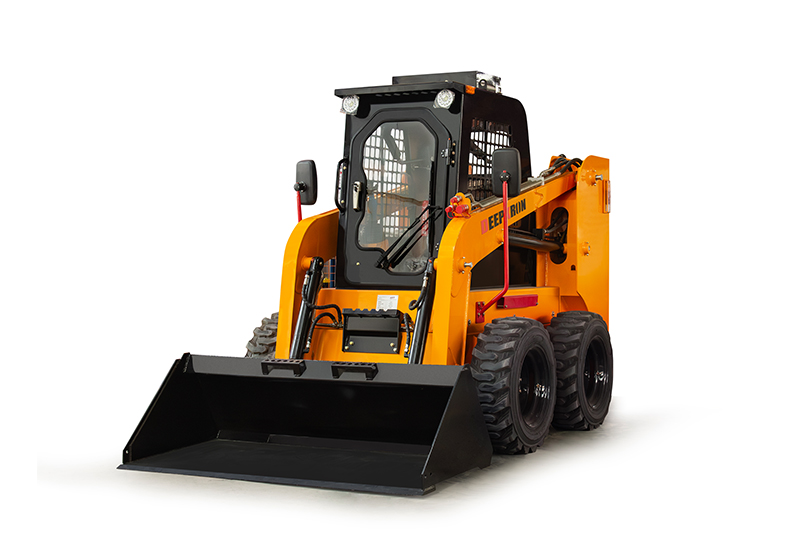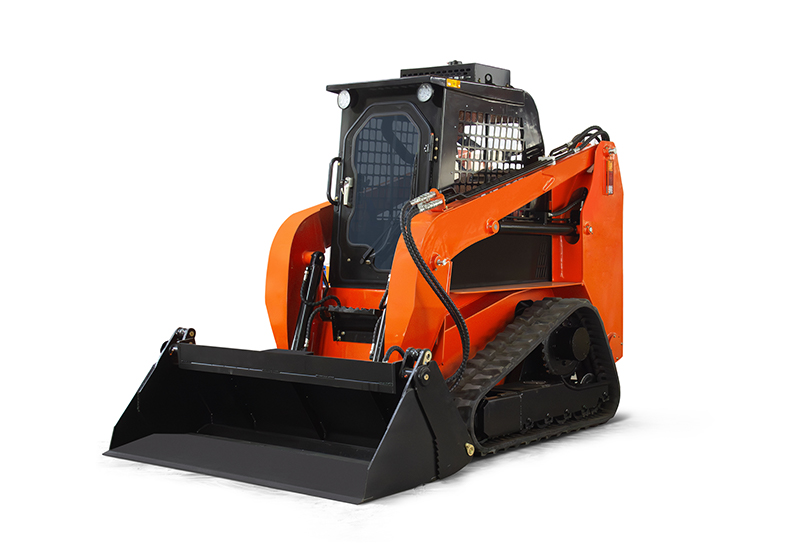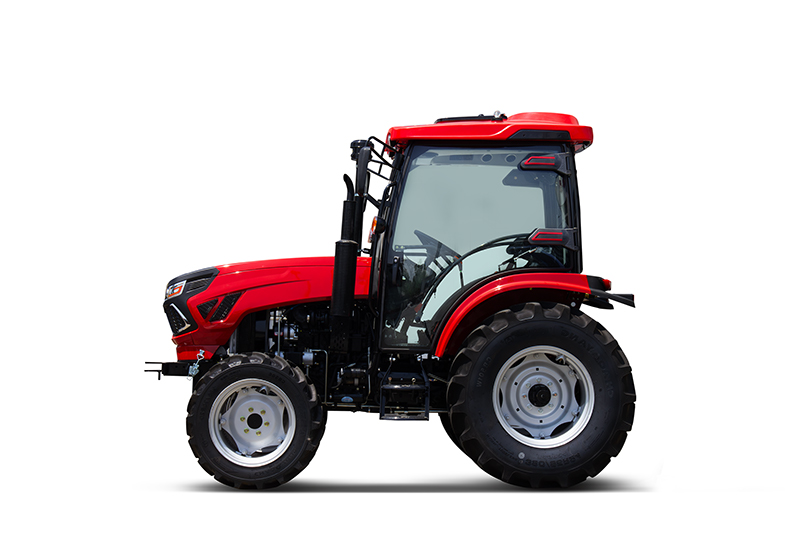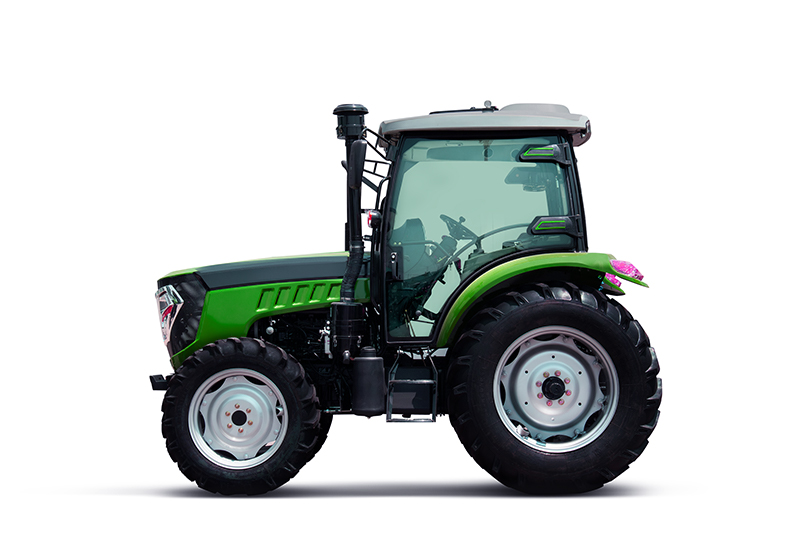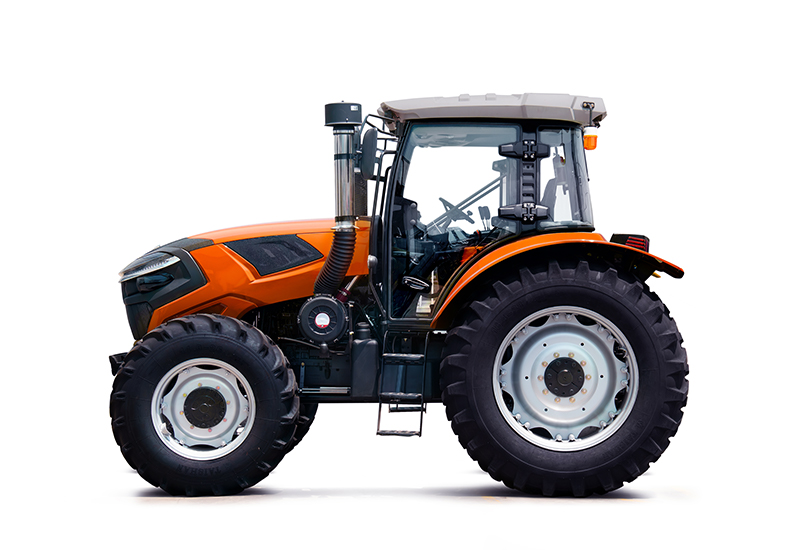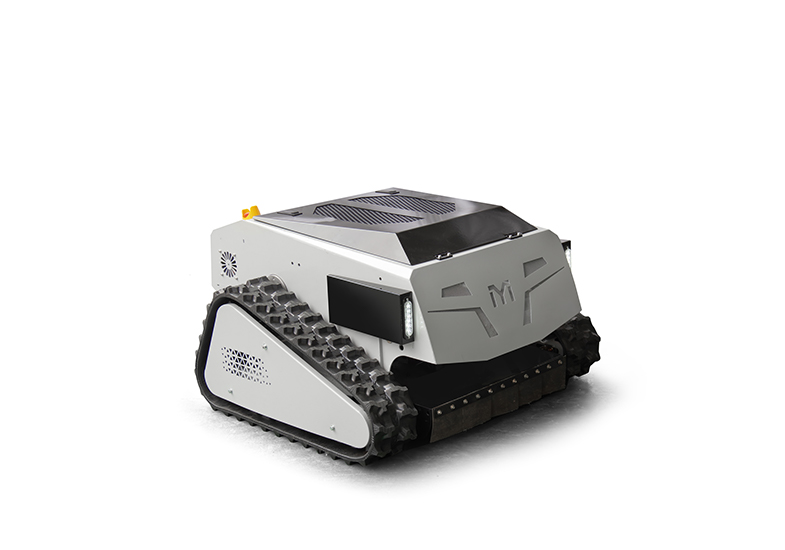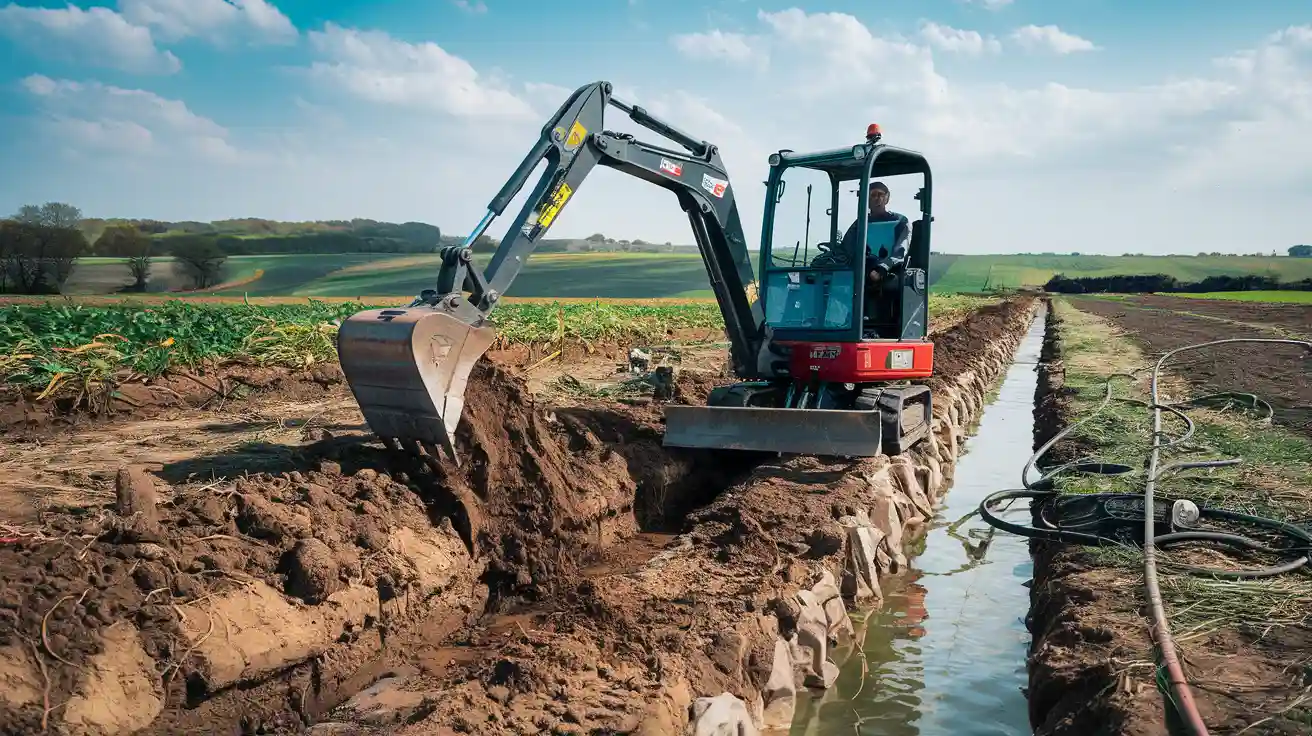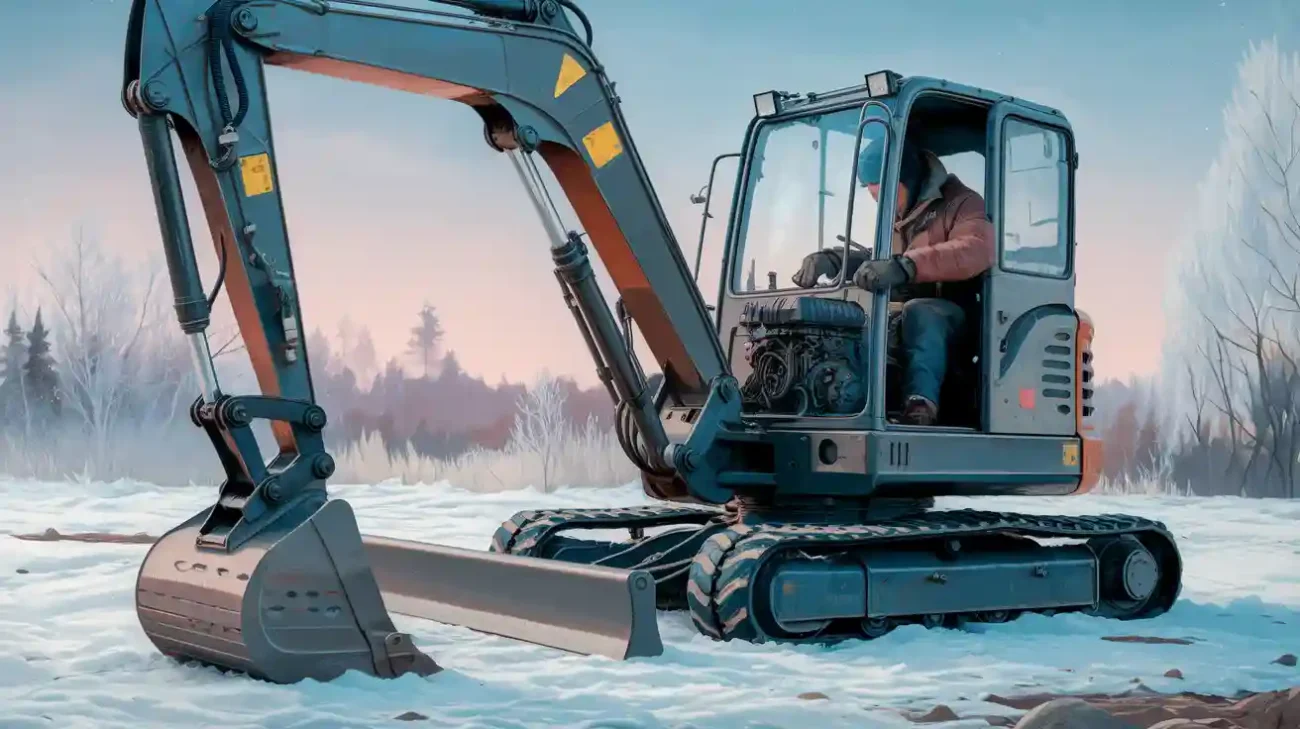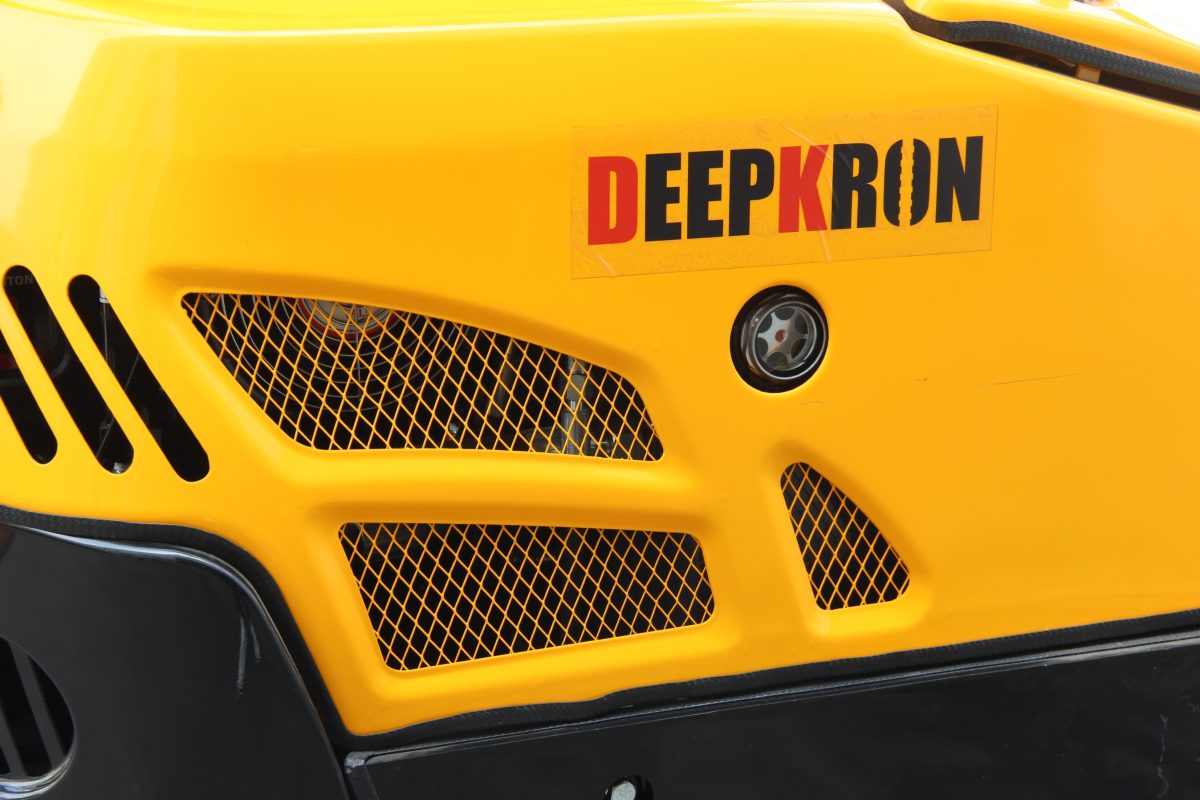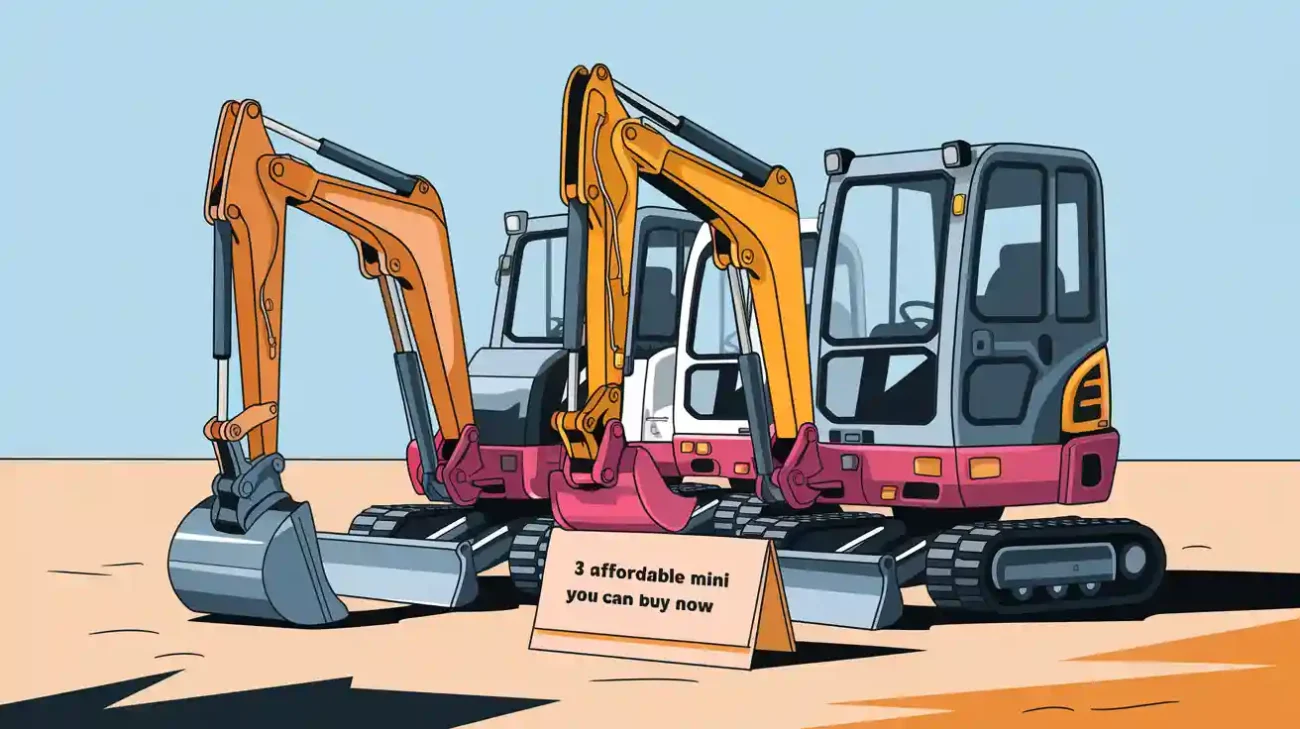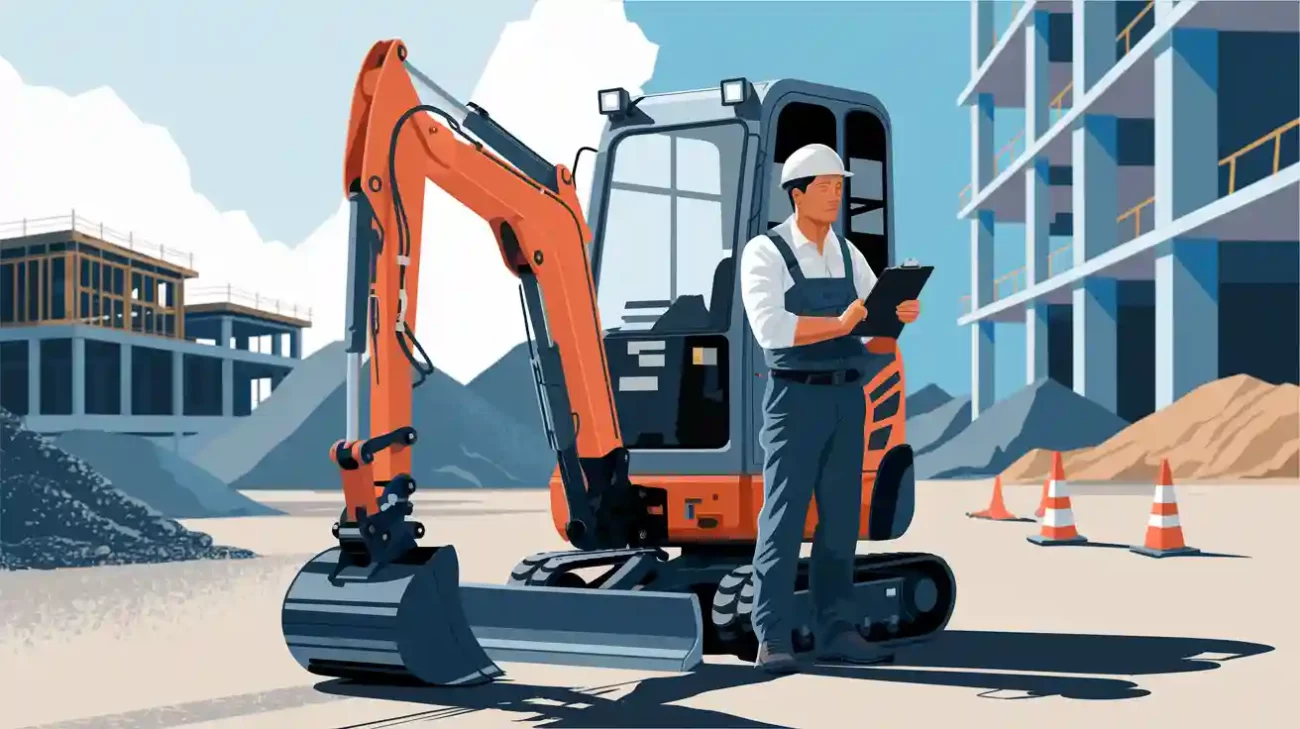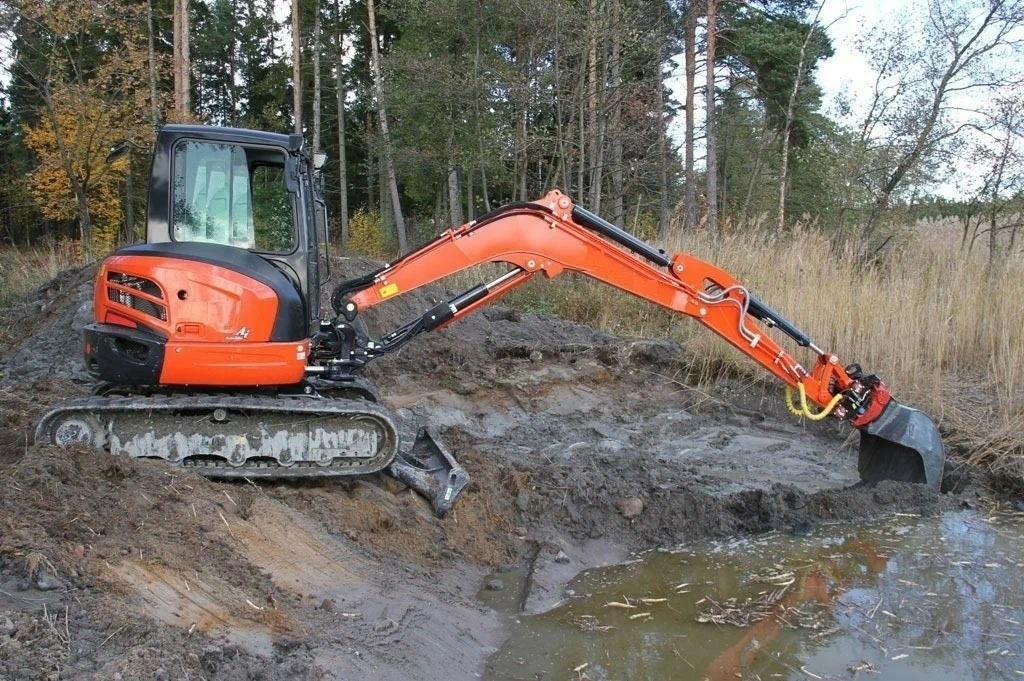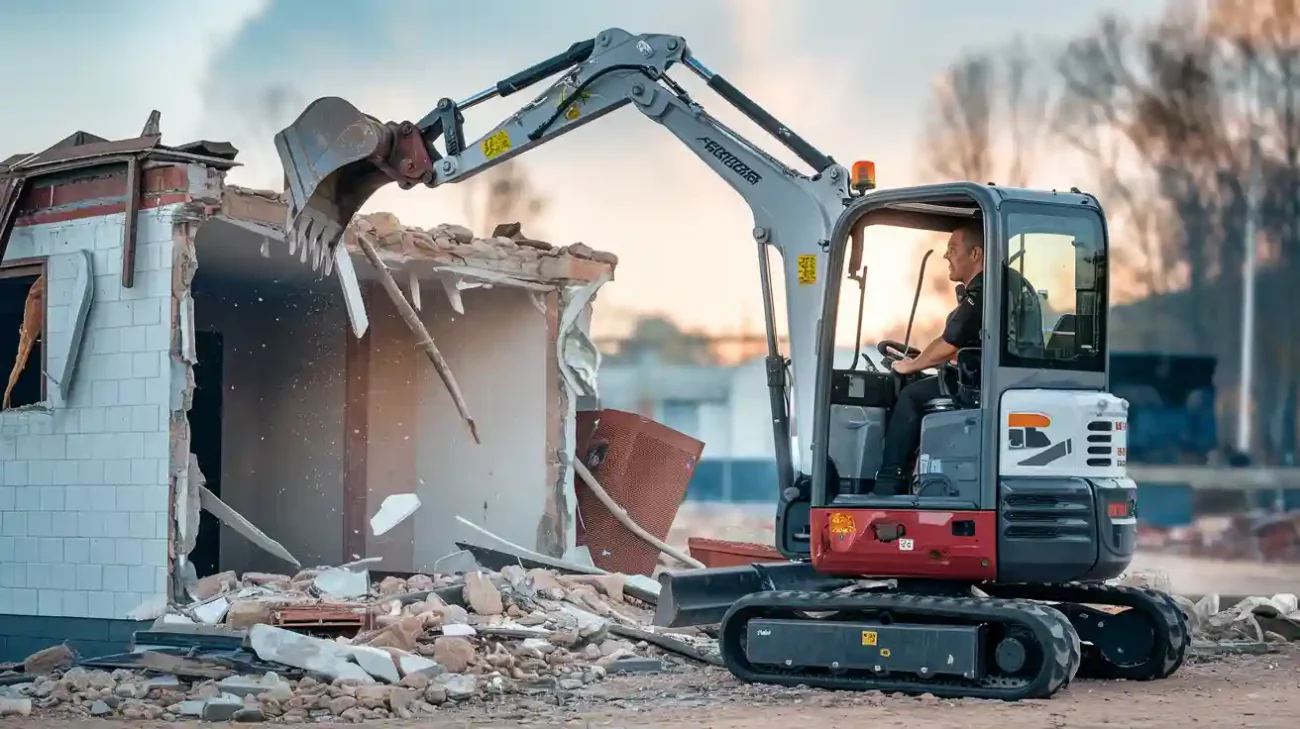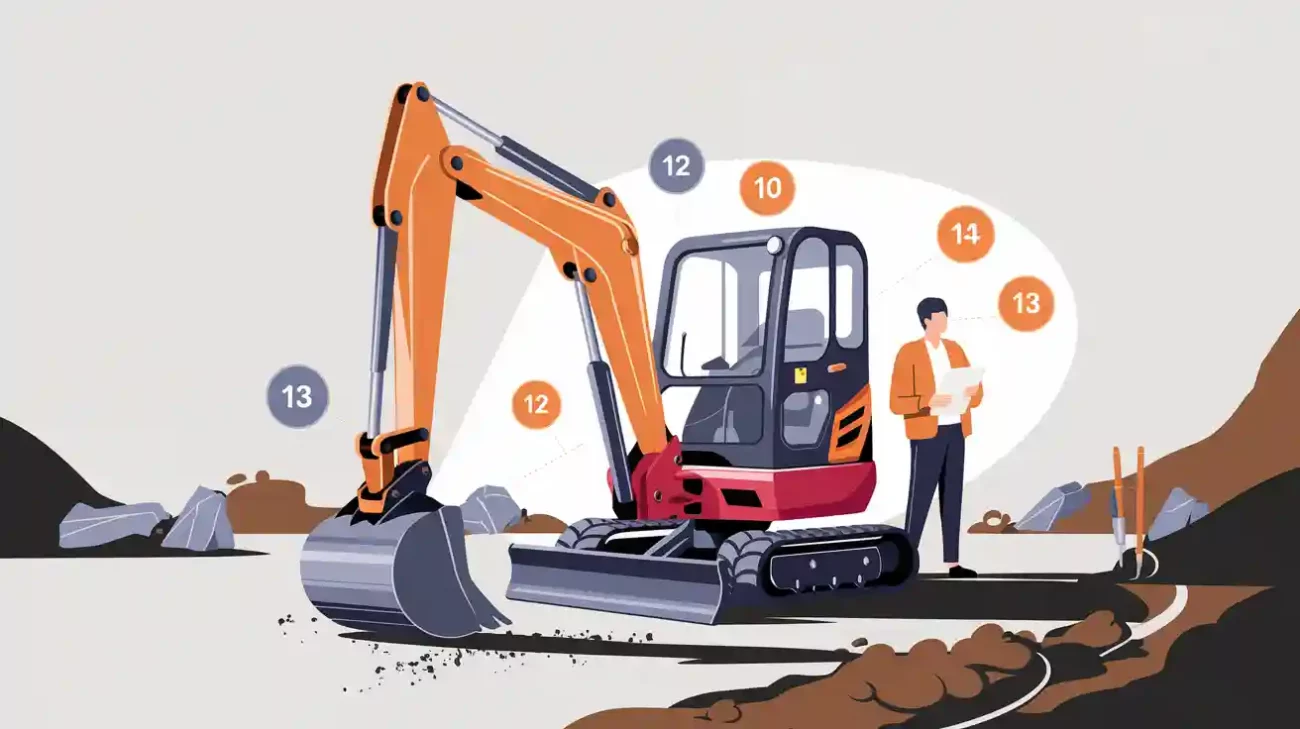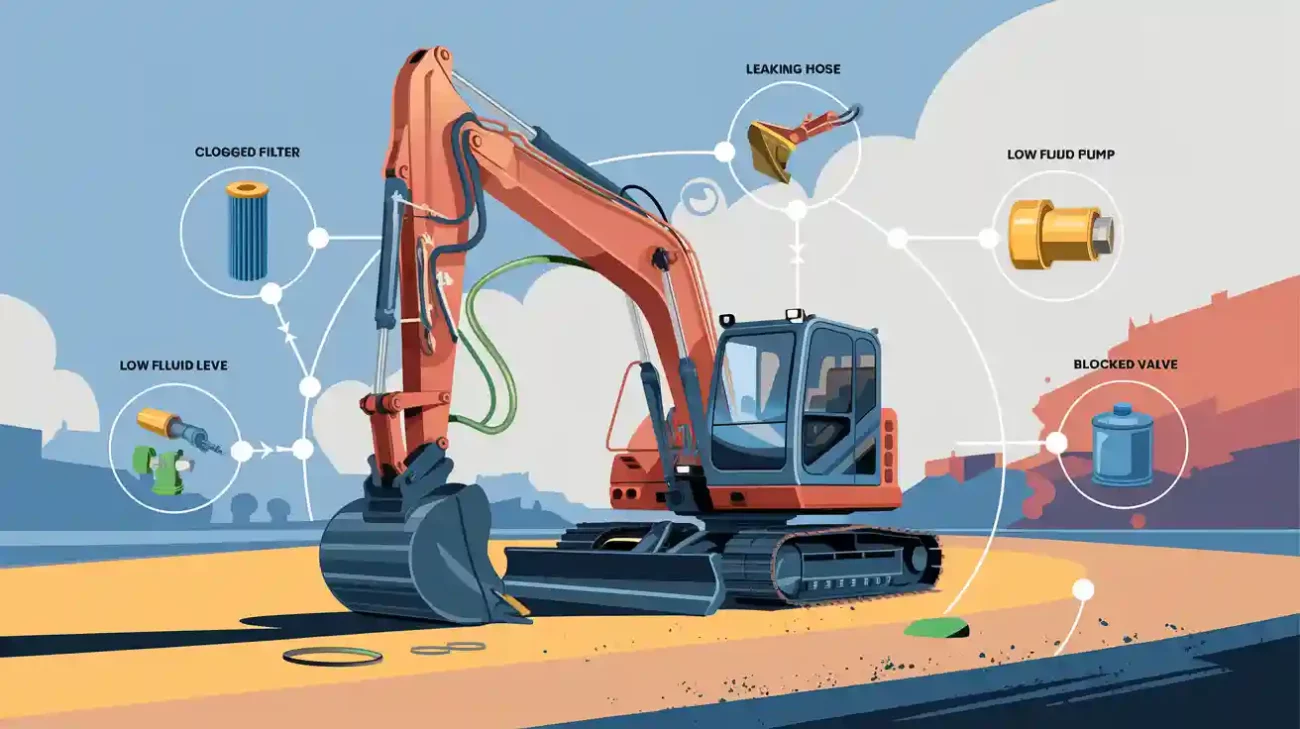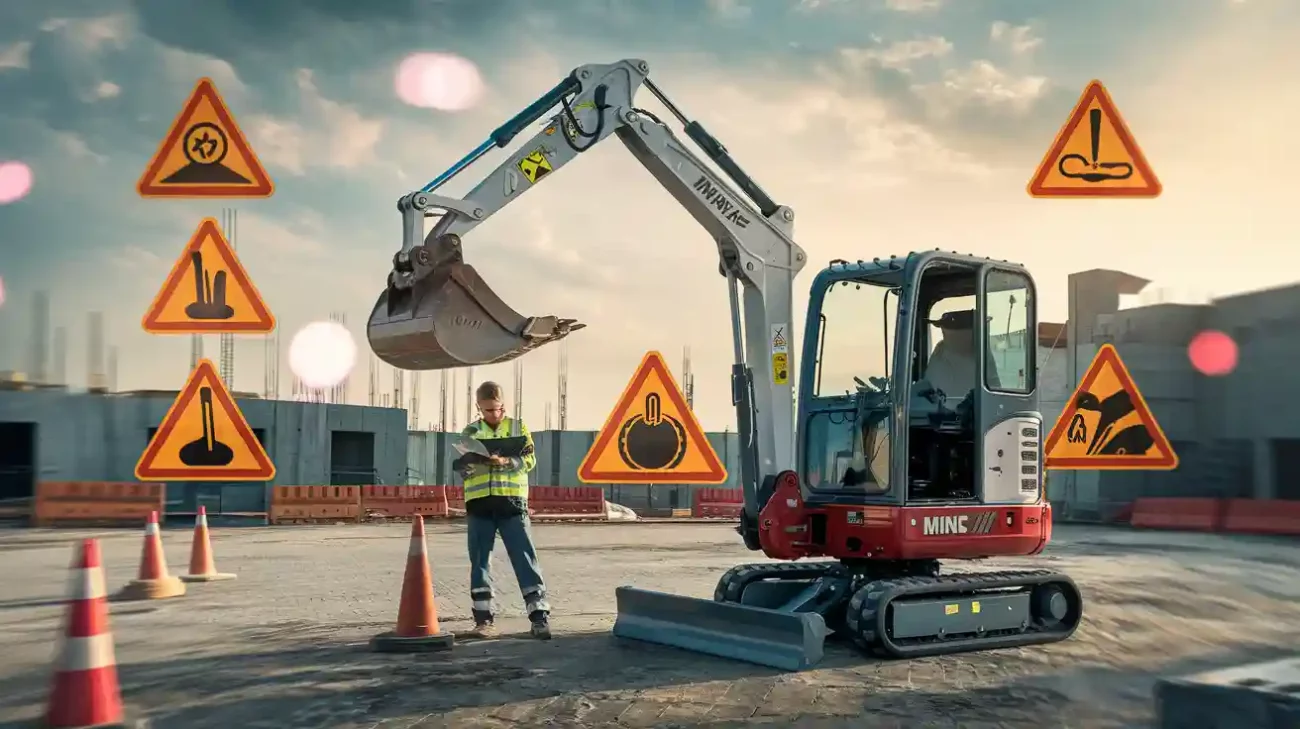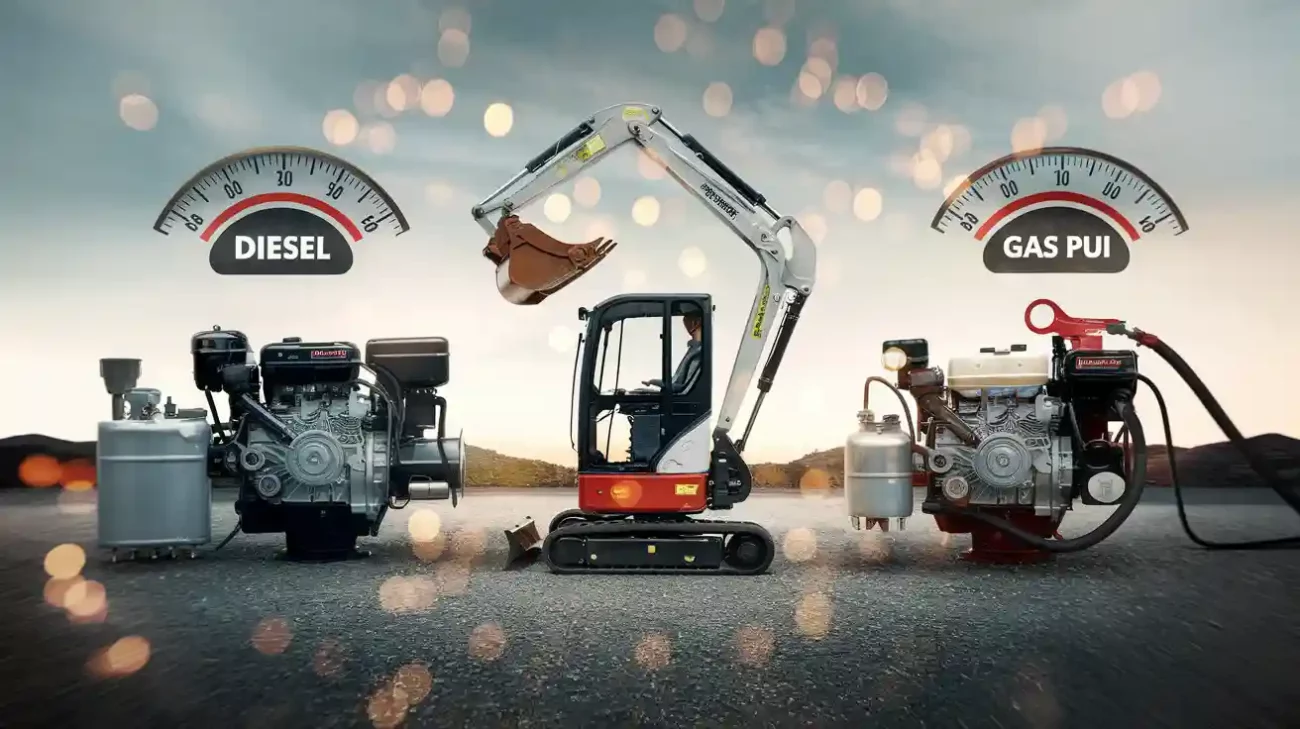Why settle for a clunky tractor when you can hop into a mini excavator and feel like the king of the farm? With the DeepKron mini excavator DK16P, you take control. You switch attachments fast. You dig trenches, shape beds, and squeeze into tight spots where tractors just give up.
Move mulch with ease.
Shape flower beds like a pro.
Reach pipes and cables hiding in narrow alleys.
A mini excavator for farm work makes every job feel like play.
Key Takeaways
A mini excavator helps with drainage projects. It works faster and makes jobs easier. It can dig trenches and shape beds. It can also reach small spaces where tractors cannot go.
Always check for safety before using your mini excavator. Look at all safety features and wear your protective gear. This will help keep you safe.
Pick the right attachment for your job. Buckets, augers, and compactors help you dig well. They help you get better results.
Mini Excavator for Farm Drainage

Safety and Preparation
You stand at the edge of your field, boots in the mud, ready to tackle that stubborn standing water. Before you fire up your mini excavator for farm drainage, you need to make sure everything is safe and sound. DeepKron’s reputation for reliability starts with smart safety habits. You want your project to run smoother than a fresh jar of peanut butter, right?
Check every safety feature on your equipment. Look at the seat belt, roll-over protective structure, and operator guard. If you spot a missing safety label, fix it before you even think about digging.
Walk around your mini excavator for farm work. Inspect the tracks, boom, and bucket. If you see leaks, cracks, or worn-out parts, address them now. A high-quality mini excavator keeps you safe and your project on track.
Don’t forget your own safety gear. Grab your hard hat, gloves, and boots. You want to look cool and stay protected.
Tip: A quick safety check saves you from big headaches later. Never skip it!
Equipment Setup and Attachments
Now you’re ready to turn your mini excavator for farm drainage into a true workhorse. DeepKron machines use Kubota engines, famous for running over 5,000 hours before needing major repairs. Some engines even hit 10,000 hours with good care. That means fewer breakdowns and more time digging.
You want the right tool for the job. Here’s a handy table to help you pick the best attachment for your drainage adventure:
Attachment Type | Application Description |
|---|---|
Buckets | Dig a trench, scoop soil, and handle most drainage tasks. |
Augers | Drill holes for drainage pipes or posts. |
Rippers | Break up hard ground before you dig a trench. |
Compactors | Press down soil to make a solid base for drainage systems. |
Thumbs | Grab and move debris out of your drainage path. |
DeepKron’s mini excavator for farm projects comes with features like Indicate and E-fence. These make your job easier and safer. You spend less time guessing and more time getting things done. You also need fewer helpers, so you save money and avoid chaos.
Trenching and Grading
Here comes the fun part—digging! You hop into your excavator, ready to dig a trench that will send water running away from your crops. You want efficient water draining, not a muddy mess.
Keep your trench walls straight and sturdy. If the soil feels loose, slope the walls or use a trench box.
Lay down 3-4 inches of bedding material at the bottom. This supports your drainage pipes and keeps water flowing smoothly.
Make sure your trench has at least a 1% slope. In heavy clay, bump it up to 2-3%. This helps water flow away from your field and keeps your drainage systems working.
Grade the surface around your trench. You want water to move away from buildings and low spots. No more surprise puddles after a storm!
When you use a mini excavator for farm drainage, you can dig a trench fast and with precision. You control the depth and angle, so your drainage systems work perfectly. You protect your crops from flood protection nightmares and keep your fields healthy.
Note: Good grading means water flows where you want it—not where it wants to go!
A DeepKron mini excavator for farm drainage turns a tough job into a breeze. You dig a trench, install pipes, and watch as water disappears from your fields. Your crops stay dry, your boots stay cleaner, and your farm looks better than ever.
Drainage Solutions with DeepKron Mini Excavator
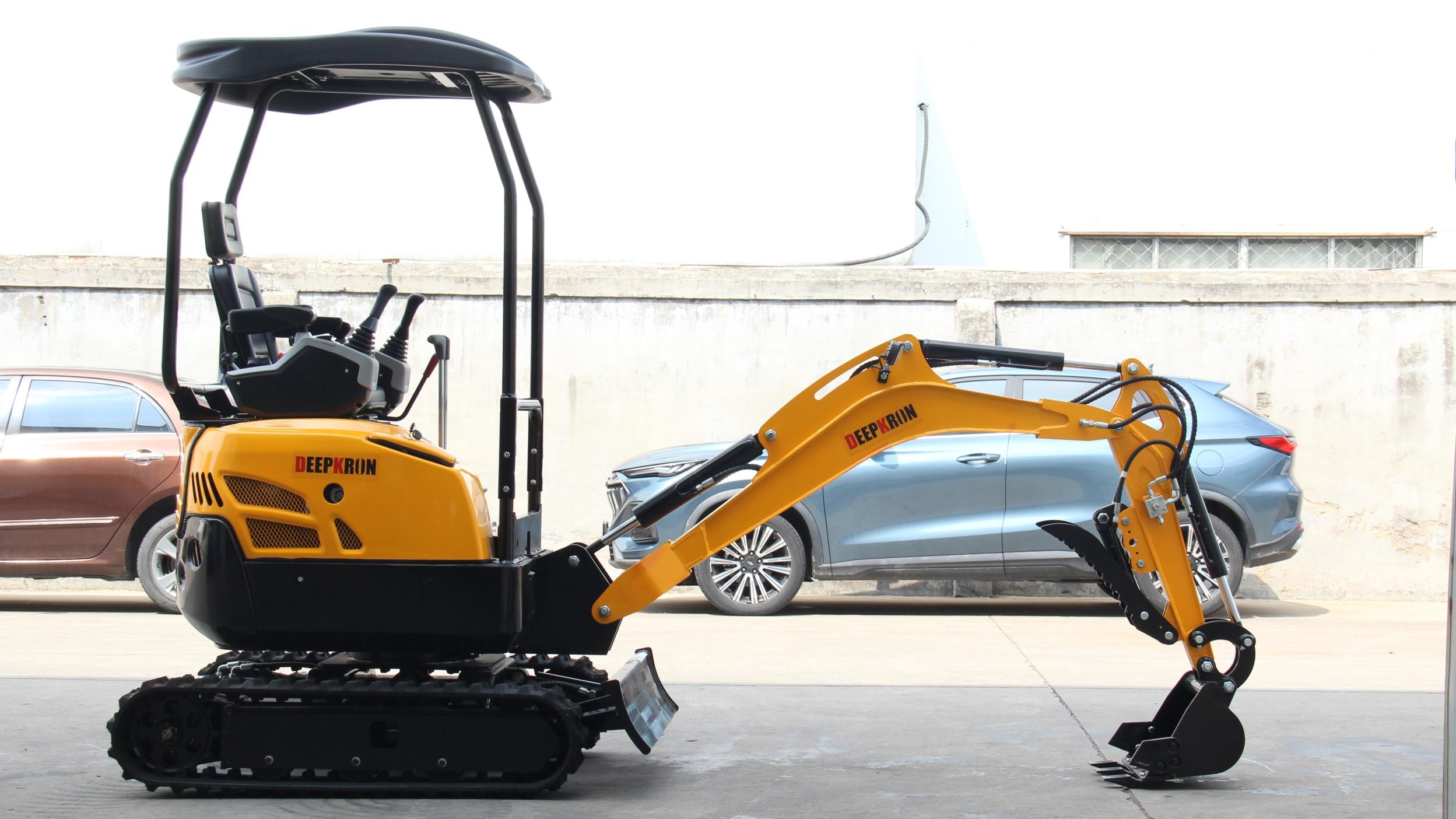
Project Steps
You stand in your yard, shovel in hand, but then you remember—you have a DeepKron mini excavator. Suddenly, digging a trench for your drainage system feels less like a chore and more like a power move. DeepKron machines turn tough jobs into quick wins. You save time, energy, and maybe even your back.
Let’s break down the steps for installing a French drain, one of the most popular drainage solutions:
Plan the route. You want water to flow away from soggy spots. Pick a path that lets gravity do the work.
Mark the grade. Grab a laser level or a string line. Mark a steady slope—at least 1%—so water keeps moving.
Dig the trench. Fire up your mini excavator. Dig a trench 6-12 inches wide and at least 24 inches deep. You reach below the frost line, so your drainage system lasts.
Line the trench. Roll out landscape fabric. This keeps soil out of your pipes and stops future clogs.
Add gravel. Pour in 2-3 inches of washed gravel. This gives water a smooth ride.
Lay the pipe. Place perforated pipe (holes down) in the trench. Check the slope again. You want water to flow, not sit.
Cover with gravel. Add more gravel until you’re a few inches from the top.
Finish up. Fold the fabric over the gravel. Top it off with soil or sod. Now your French drain hides in plain sight.
Tip: Always double-check your slope. Water loves to find the lowest spot, even if it’s not where you want it!
You finish in hours, not days. The mini excavator makes every step faster and more precise. You look at your work and feel like a drainage superhero.
System Types (French Drains, Swales, Ditches)
Not all drainage solutions are the same. You have options, and your DeepKron mini excavator handles them all like a champ.
Drainage System | |
|---|---|
French Drains | Straight trench walls, even depth, perfect gravel placement. Your drainage system lasts longer and works better. |
Swales | Wide grading buckets shape gentle swales. You guide water across your yard and make it look good, too. |
Ditches | Tight turns? No problem. The compact excavator fits where big machines can’t. You dig ditches with precision and speed. |
DeepKron mini excavators come loaded with features that make every drainage project easier:
Feature | Description |
|---|---|
Reach 24-30 inches—no more shallow trenches that freeze or clog. | |
Compact Size | Squeeze through tight spaces, only 3-5 feet wide. |
Zero Tail Swing | Spin in narrow spots, even just 4 feet wide. |
Rubber Tracks | Protect your lawn while you work. |
Versatile Bucket Options | Swap buckets for every drainage task—12″, 24″, 36″. |
Precision in Digging | Shape the perfect slope for water flow. |
Deep Digging Capability | Build a drainage system that stands the test of time. |
You get the job done right, whether you’re installing French drains, shaping swales, or digging ditches. Your yard stays dry, your crops stay happy, and your neighbors wonder how you did it so fast.
Mistakes to Avoid
Even the best mini excavator can’t fix every mistake. You need to watch out for a few common slip-ups when tackling drainage solutions:
Skipping permits. You dig a trench, but forget to check local rules. Oops! That can mean fines or a redo. Always check before you start.
Ignoring maintenance. You install a drainage system, but never clean it. Leaves and mud pile up. Water stops flowing. Regular checks keep your system working.
Missing the grade. You dig, but the slope is off. Water pools instead of draining. Use your excavator’s precision to keep the grade steady.
Not asking for help. Some drainage projects need a pro. If you’re unsure, call one before you dig.
Forgetting safety. You hop in the excavator without training. That’s risky. Get certified, keep your certificates handy, and refresh your skills every year.
Note: A DeepKron mini excavator saves you up to 70% on labor costs. You finish in days, not weeks. You burn less fuel, save money, and help the planet with lower emissions.
You also protect your lawn. The rubber tracks and compact size mean less mess and less damage. Your drainage system works better, lasts longer, and even boosts your property value.
You now have the power to tackle any drainage challenge. With DeepKron, you dig smarter, not harder. Water flows where you want it, and your land stays dry and beautiful.
A mini excavator helps you finish jobs faster. You can dig trenches and move dirt easily. You control where water goes on your land. Always wear your safety gear to stay safe. Check your mini excavator before you use it. Follow good safety steps every time.
Simple controls
Small size
Good for the environment
Tip: Use a DeepKron mini excavator for your next outdoor job!
FAQ
Can I use a DeepKron mini excavator for small backyard drainage projects?
Absolutely! You can squeeze into tight spaces, dig neat trenches, and finish the job before your neighbor even finds his shovel. 🏡
What attachments work best for drainage jobs?
Buckets dig trenches. Rippers break tough ground. Compactors press soil. You swap them fast and feel like a machine wizard.
Tip: Always pick the right tool for the job!
How do I keep my mini excavator running smoothly?
Check oil and tracks before you start. Clean after each job. You treat your DeepKron like a trusty sidekick, and it never lets you down.

